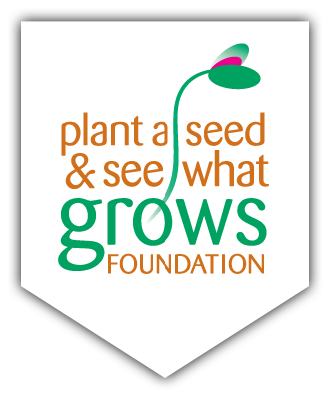Give Kids a Voice by Empowering Them to be Heard

Children have many important things to say. While they may not have the deepest of vocabularies, the simple way they often put things (sometimes bluntly so) is often more insightful than the likes of Plato and Socrates, much less us modern day grown-ups. They have the power of innocence and ability to see things as they should be, untainted by the experiences we attain as we get older. However, far too many of our nation’s precious youth don’t speak their minds out of fear of not being taken seriously, concern over what others may think, or worse – not being heard at all.
As someone who recognizes the tremendous value that kids bring to the narrative of local, national, and global issues, you want to empower your children and/or students with a voice that will not only be heard, but one that will help initiate change. Please read ahead to make that magic happen!
3 Ways Parents and Educators Can Create an Environment that Will Encourage Youth to Speak Up About Issues They Care About
I. Empower Them with a Digital Platform
We know that many parents and educators struggle with how invested kids should be in social networks. There was a time when many recommended adolescent abstinence from social media altogether. However, the proliferation of online media and artificial intelligence isn’t going away, and if today’s young generation wants their message to be heard, it must occur in some significant proportion on digital platforms.
Parents and educators (with parental oversight) are encouraged to set-up digital profiles with the sole intent and purpose to empower the kid/s with a platform to be heard on an issue/topic that they are passionate about. The platform, be it on YouTube or Instagram (etc.) should not be set up as a personal account but as a channel to feature their cause. Whether they will be shown or heard (more on this below) will be at the discretion of the parent/s and child, assuming that minimum age-requirements are met.
It is through such platforms that superkids like Jaylen Arnold (view story) and Samirah Horton (watch below) have been able to tackle adversities and connect to other kids around the world who face the same.
II. Empower Them to Channel Their Voice Through Creative Means
Certainly not every child is comfortable speaking out loud for all to hear. Heck, we have a few adults on our own Foundation’s team who would rather walk through a bed of squirmy worms than speak in front of an auditorium. Public speaking isn’t for everyone, and a child should never feel as if they must abstain from being heard out of fear of public speaking. Some prefer to communicate their thoughts and visions through creative mediums such as art (drawing, painting, sculpting, crafting), writing (poetry, short stories), music, drama, dance, and more.
Parents and educators are called upon to empower kids by allowing them to express ideas in the creative manner they feel most comfortable with. This will encourage a greater number of kids to “speak up”, will reach a wider audience, and will help build a more comprehensive narrative on a given issue (i.e. bullying, climate change, etc.). Ask your kid/s how they best want to express themselves and let them run with it. You will be delightfully blown away by what they deliver.
III. Show Them Action Speaks After Words
Another obstacle that blocks your mission to give kids a voice, is inaction. By this we mean that if their stated goals (i.e. to stop bullying or end global warming, etc.) are not followed by tangible action, they will not be encouraged to speak up against an issue again. They will not think that you (parent or educator) are really listening. Show them that their message will be heard, even if an uphill struggle or battle to make their mission happen ensues. The journey can be very rewarding in itself, and will teach them to stand resilient in the face of adversity.
Action that they will need help with may come in the form of fundraising activities or the act of knocking on doors to get signatures for petitions to submit to school boards and/or city councils. It may involve calling the local media to cover a child’s initiative, or hitting the ground with them, be it to do a weekly beach cleanup or plant a community garden.
By taking their “voice” and translating it to actual action you will foster trust that their words (spoken or otherwise) matter in a palpable way.
The Plant a Seed & See What Grows Foundation works tirelessly to inspire and promote holistic health and wellness for kids across Canada. Help us help the next generation by pledging your support too! View more on how you can get involved.








